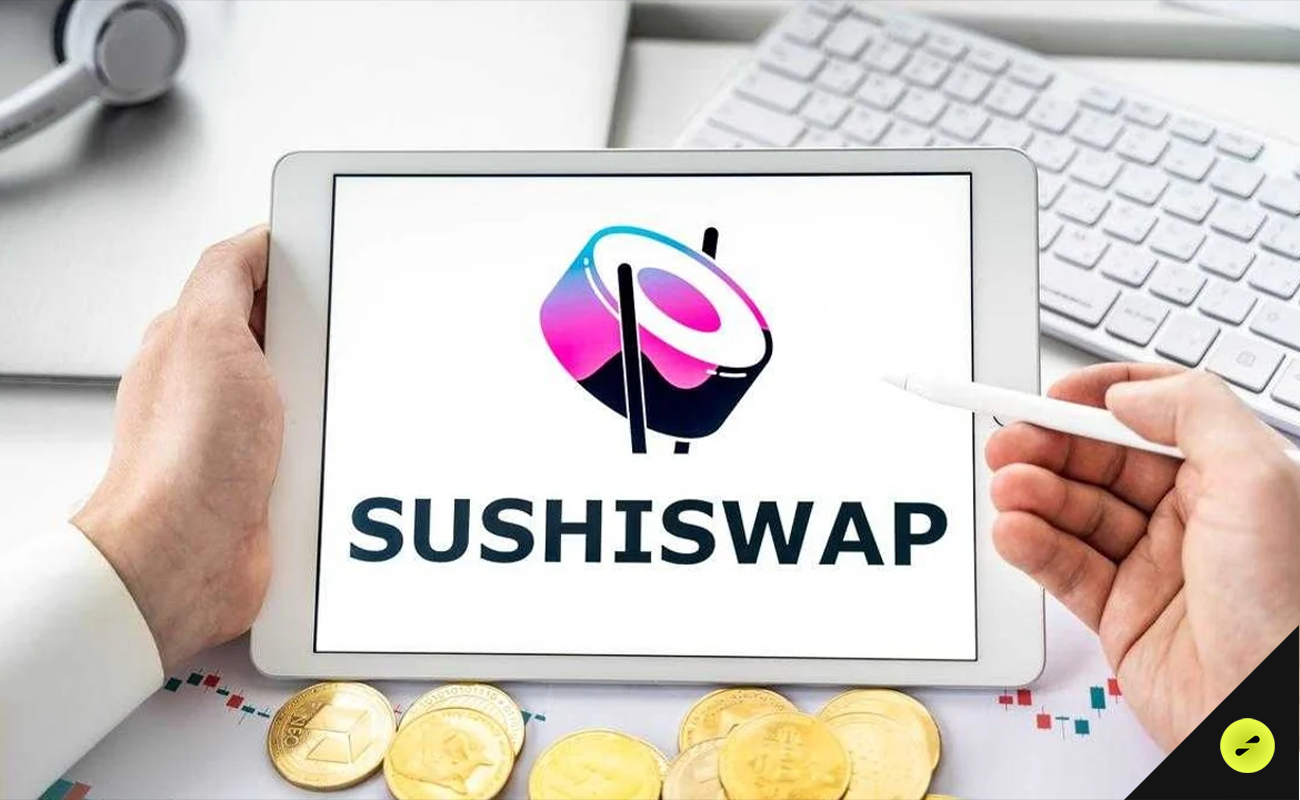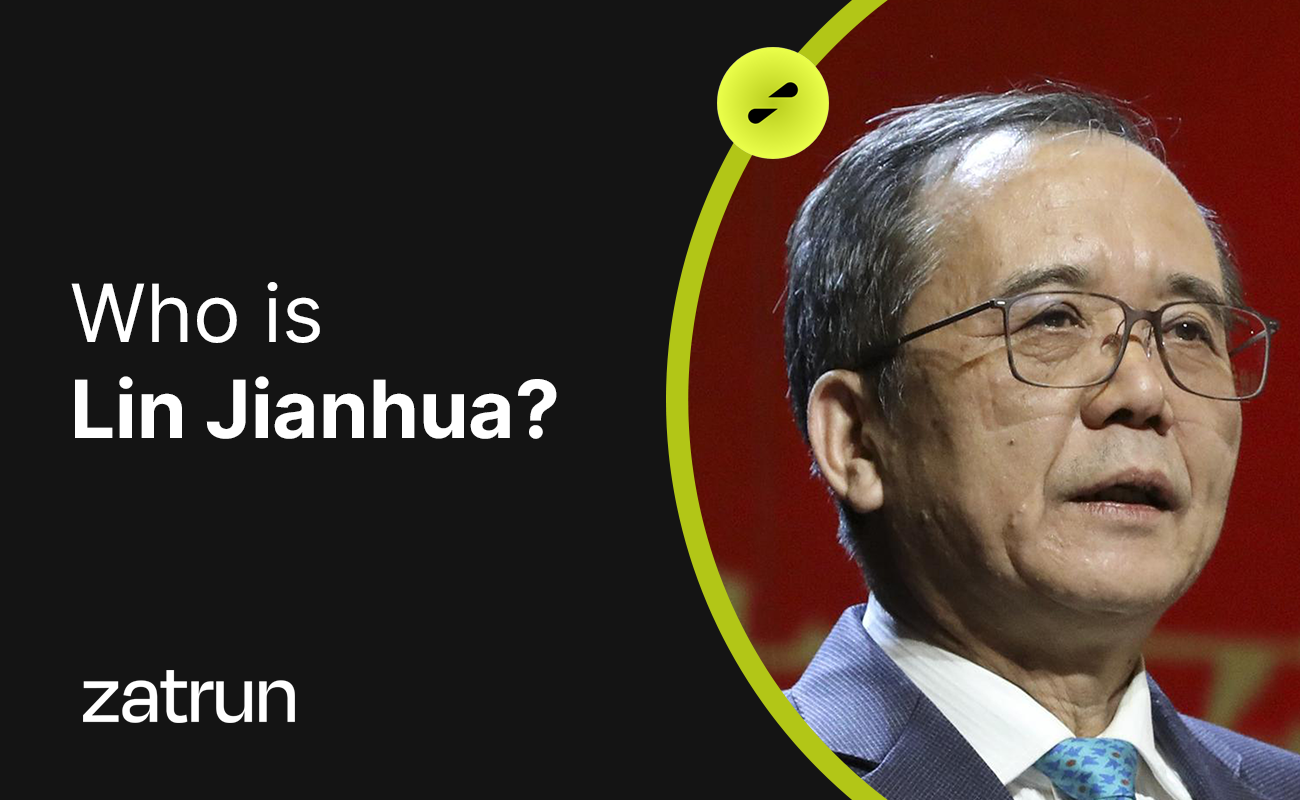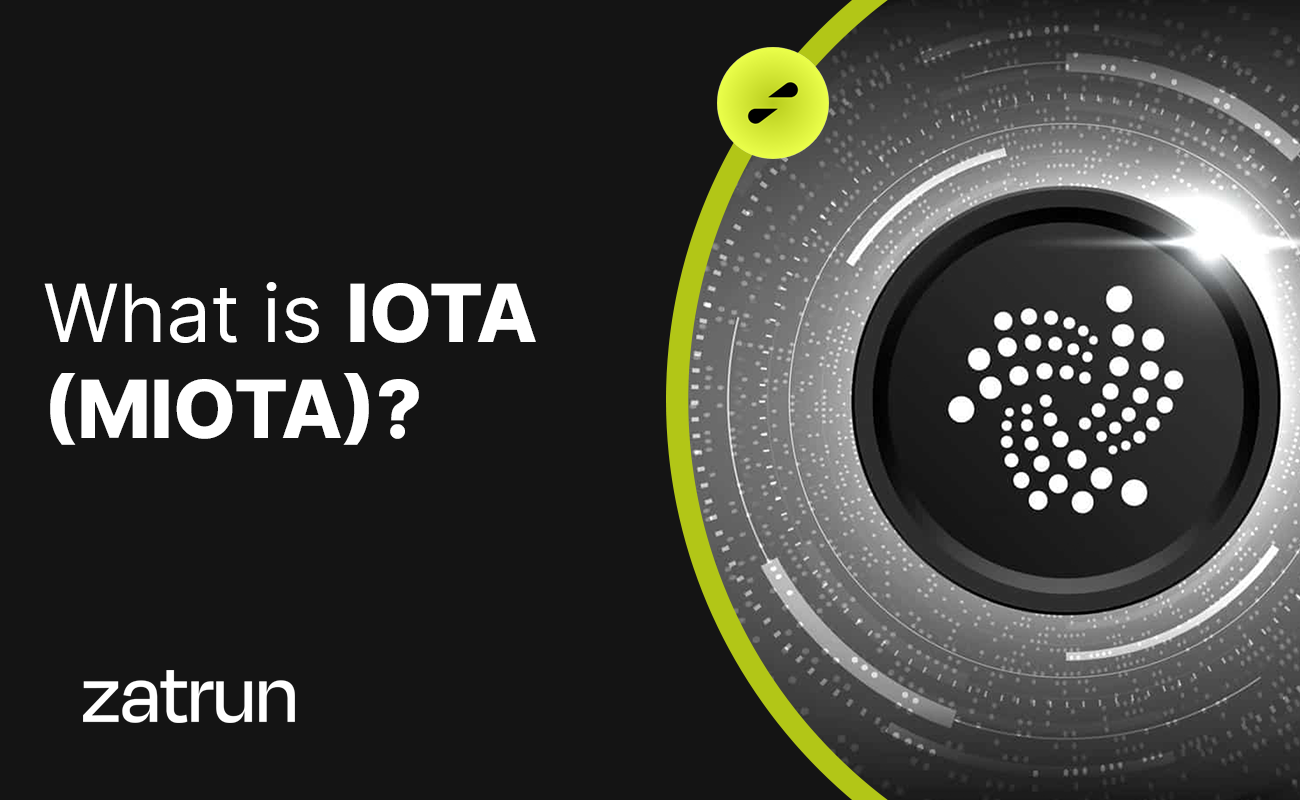SushiSwap, one of the pioneering projects in the realm of decentralized exchanges (DEX), has gained significant attention with the rise of crypto asset transactions within the DEX markets. DEXs operate in a decentralized and trustless manner, essentially serving as the future of exchanges. SushiSwap, a new-gen DEX, has ushered in a recent trend with its native token, SUSHI. To delve into the world of SUSHI and explore the intricacies of the SUSHI project, let’s embark on this journey.
Getting Acquainted with SushiSwap (SUSHI) Coin
SushiSwap, born in 2020, is a decentralized exchange (DEX) project armed with its own smart contracts. In essence, it functions as an automated market maker (AMM) within the exchange ecosystem. DEXs use smart contracts to create liquidity for various token pairs, and SUSHI stands as the native token of this ecosystem.
Before we delve deeper into the SUSHI project, it’s crucial to acknowledge the role of comprehensive reviews and insights. Websites like zatrun.com provide invaluable information for making informed decisions in the dynamic world of blockchain and cryptocurrency. They serve as indispensable resources in navigating this ever-evolving space.
Exploring SushiSwap (SUSHI) Project and Whitepaper
SushiSwap’s inception is rooted in several core goals and reasons, and addressing the liquidity issue is one of them. The project emerged to tackle the liquidity problem and is founded on community-focused principles. In the project’s technical whitepaper, various forms of liquidity are described as either failing to connect in a decentralized manner in markets or being defined as a problem on the opposite side of the spectrum.
In this regard, other solutions are noted to provide gradual progress in resolving the liquidity problem. In contrast, SUSHI envisions itself with an expansive goal of interweaving various decentralized markets and intermediaries without limiting itself to a single solution.
In its fundamental nature and definition, the project is a DEX with its own smart contracts. It operates in a distributed manner, facilitating peer-to-peer transactions without requiring intermediaries. The foundation of SUSHI is based on the concept of automated market makers (AMMs), aiming to simplify trading with cryptocurrency assets. To access detailed technical insights about SushiSwap (SUSHI) project, you can quickly refer to the whitepaper here.

Meet the Minds Behind SUSHI Coin
SushiSwap was founded by an individual known solely by the pseudonym Chef Nomi. There is limited publicly available information about Chef Nomi and the impact of the fork from Uniswap. The project has essentially two co-founders known by their aliases, SUSHI and 0xMaki, handling the technical, product development, and operational aspects.
Recently, the actual ownership transitioned to Sam Bankman-Fried, the CEO of FTX exchange and the quantitative trading venture Alameda Research. His prominent position in the industry instills confidence in SushiSwap’s credibility.
Versatile Applications of SUSHI
SushiSwap serves as an automated trading liquidity establishment for two crypto assets. With this feature, SUSHI’s utility is vast, being the native token of the project. SUSHI functions as the native cryptocurrency of the SushiSwap decentralized exchange. It plays a crucial role in various activities within the platform, including asset swapping, staking, lending, and liquidity mining.
What Makes SUSHI Project Stand Out?
SushiSwap has strategically targeted DeFi investors and projects seeking to benefit from the explosion of tokens. This approach sets the project apart and positions it as a unique entity with both an ecosystem and project objectives that distinguish it from other DEXs.
Some of the key features that make SushiSwap project stand out and differentiate it from others are as follows:
- Operating as an AMM for automated trading liquidity establishment.
- Eliminating order books to avoid liquidity problems, which are common in traditional decentralized exchanges.
- Aiming to enhance and optimize the service quality of its parent company, Uniswap.
- Featuring Kashi, a leveraged lending protocol.
Advantages and Disadvantages of SUSHI Coin
As with many projects, SushiSwap (SUSHI) should be evaluated based on its advantages and disadvantages. Understanding these aspects is essential for crafting a solid investment strategy. The project’s pros and cons can be summarized as follows:
Advantages:
- Reduces risks associated with smart contract-based fund allocation for governance.
- Diversifies the AMM market and adds extra features like enhanced rewards, setting it apart from Uniswap.
- Enables peer-to-peer trading without intermediaries.
Disadvantages:
- Faces risks related to SUSHI price fluctuations.
In conclusion, SushiSwap (SUSHI) pioneers the world of automated trading liquidity within the DeFi ecosystem. As the crypto landscape continues to evolve, staying informed is paramount. SushiSwap’s distinctive attributes and relentless commitment to innovation position it as a formidable player in the cryptocurrency universe.












